Considering just how commonplace cameras have become in everything from our phones to our computers, it can be difficult for many amateurs to understand that there’s much more to the art of photography than simply pressing down on the shutter. Many beginners are surprised to learn just how hard it can be to nail down the basics. As with any art, photography takes years of practice to really master. However, the learning process is often drawn out by users being embarrassed to ask fundamental questions.
Though Winston Fowlkes is an established designer and image maker these days, he too struggled as a beginner. He discusses just a few concepts that he struggled with during the first steps of his artistic journey:
1. Understand Focal Lengths
Experienced photographers may take it for granted, but for many beginners, focal length can be surprisingly difficult to comprehend. Often times, this stems back to focal length not being properly covered or explained in tutorials, guides, or classes. Put simply, focal length is a representation of how wide or narrow a lens is. The lower the number, the wider the field of view.
Keeping a variety of lenses with different focal lengths is essential for properly tackling a variety of photographic situations. Beginners should understand that standard zoom kit lenses often have a variable focal length, while prime lenses have a fixed focal length. Both zoom and prime lenses have advantages and disadvantages worth taking into consideration.
2. Appreciate Differences in Aperture
Aperture refers to the movable shutter blades within a lens. The camera can adjust the interior blades, and the size of the subsequent opening determines the amount of light that hits the film or sensor.
Aside from determining the amount of light let into the camera, the aperture also impacts the overall sharpness of the entire image.
3. Utilize Depth of Field Correctly
The phrase “depth of field” is often incorrectly used interchangeably with aperture. While aperture directly impacts an image’s depth of field, the depth of field more accurately refers to the plane of focus within the photograph. A shallow depth of field will blur out foreground and/or background details while focusing on the subject.
Conversely, a broader depth of field will keep the greater picture much crisper. Different lenses have different depth ranges, and aspects such as distance from the subject can directly impact overall depth of field.
4. Put an End to Motion Blur
Your shutter speed will directly impact the potential for motion blur in your shots. If you want a clean, sharp photo, make sure to manually compensate by adjusting ISO or aperture. A good rule of thumb to use to determine the minimum shutter speed needed to safely avoid motion blur is to take your lens’s focal length and double it. So, a 50mm lens could capture a stable shot with a shutter speed faster than 1/100 of a second.
5. Take Advantage of the Golden Hour
The brighter and higher in the sky the sun is, the more issues you’re liable to have while shooting. Though plentiful light is necessary to make a photograph, direct overhead sunlight is not flattering on its own. Many photographers opt to shoot outdoors during the hour before sunset, as it yields much better results tonally.
If you have to shoot mid-day, bringing along a reflector or sticking to shaded areas can make a huge difference.
6. Pay Attention to Shadows
Shadows can very easily ruin a photograph. Take care to fill in dark areas of an image with light, whether that’s with a reflector or a fill flash.
7. Experiment with Direction of Light
The way the light falls on a subject can significantly impact the look and feel of your photograph. Experiment with the position of your main light in relation to your subject.
There’s no firm rules on a single “best” way to direct the light. Test out a few different setups in a variety of scenarios to get a grasp for just how light functions.
8. Not All Portraits are Created Equally
Recognize that you won’t get by without making adjustments to fit your circumstances. Fowlkes uses the example of group photography to illustrate this point. A shallow depth of field can make for a beautiful final product when working with a single model. However, with group portraiture, the main priority is to get all the people in the photograph in focus. As soon as you move into a group portrait with multiple planes of focus, you’ll find that you’ll need to switch over to a narrow aperture.
9. Always Seek out Efficiency
If you’re using a DSLR, it’s likely that there’s a lot of features that you aren’t taking full advantage of. Understanding the way in which your equipment functions can make your job as a photographer much easier.
Fowlkes references back button focus, which has helped him lock in his focus between exposures.
10. Study Composition
Composition doesn’t necessarily come naturally, and any student of photography should really take the time to study what works and what doesn’t. When starting out, following the rule of thirds and the golden ratio can guide users toward making more appealing images.
Once these concepts become automatic in your shooting process, you can begin to deviate.
Like This Article?
Don't Miss The Next One!
Join over 100,000 photographers of all experience levels who receive our free photography tips and articles to stay current:
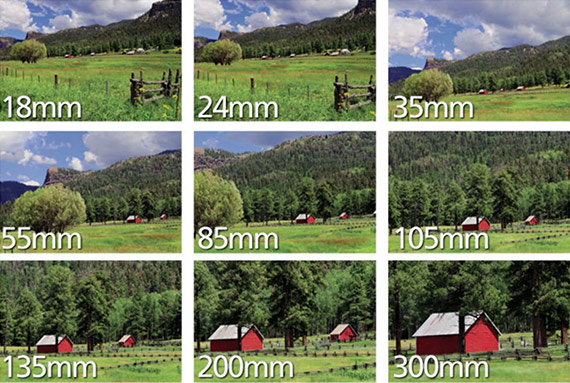
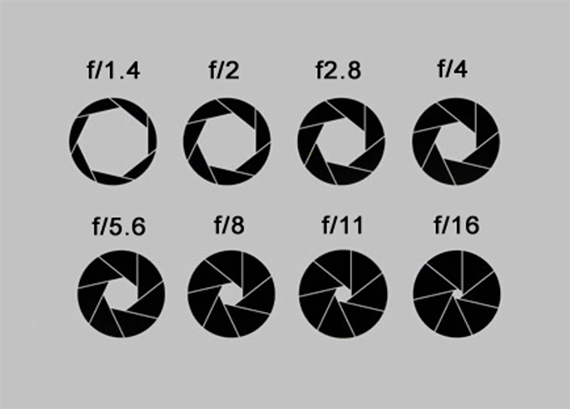
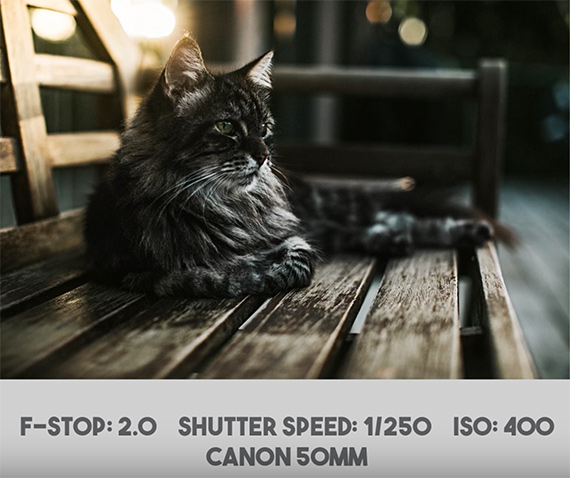

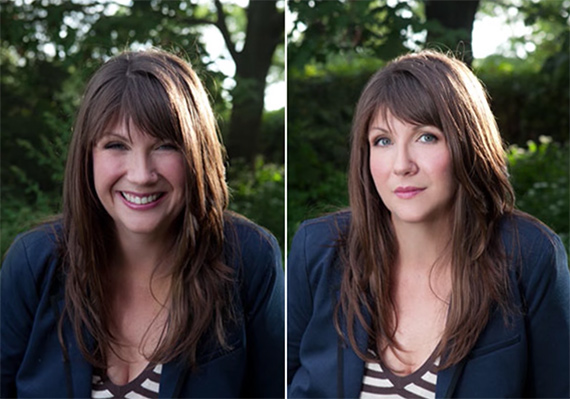
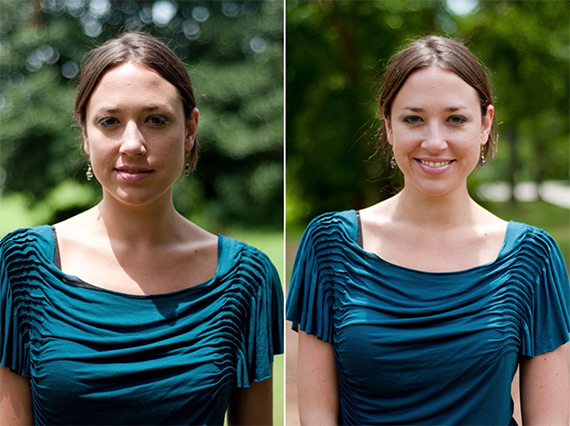
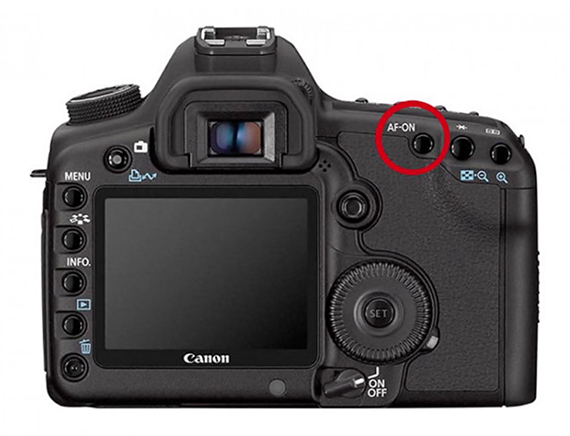







Nice Article, I have Samsung ekgc 100 cam can you suggest me how can make the best picture out of it